Top 10 things to do in Entre-Deux-Mers
Top 10 things to do in Entre-Deux-Mers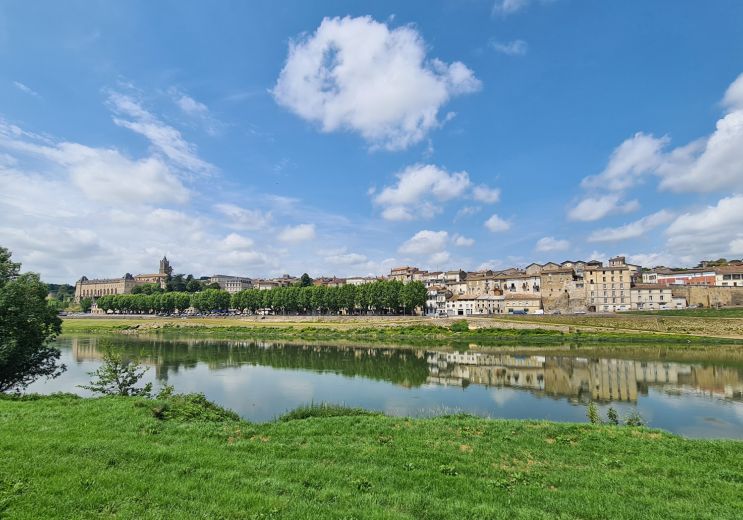
La Réole
Weekend & Holidays

La Réole
Weekend & Holidays
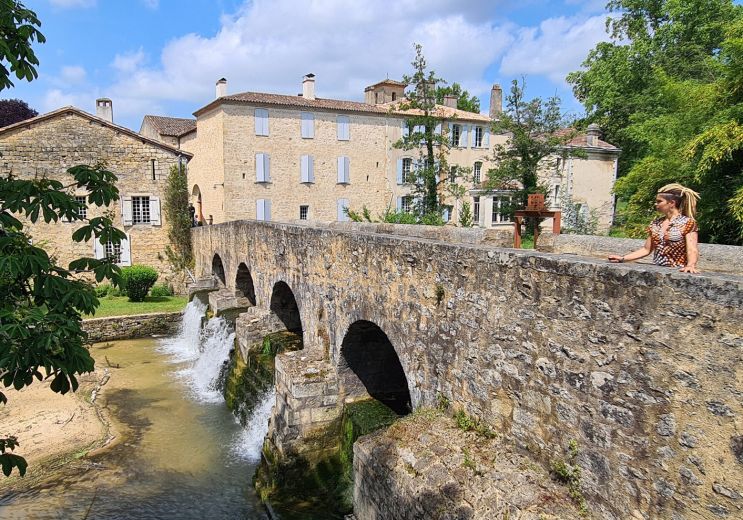
6,0 km - Pondaurat
Culture and Heritage
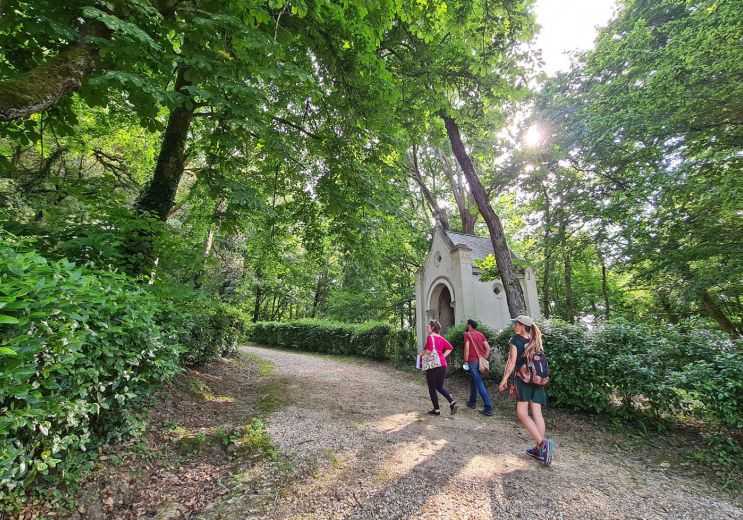
16,5 km - Verdelais
Sport
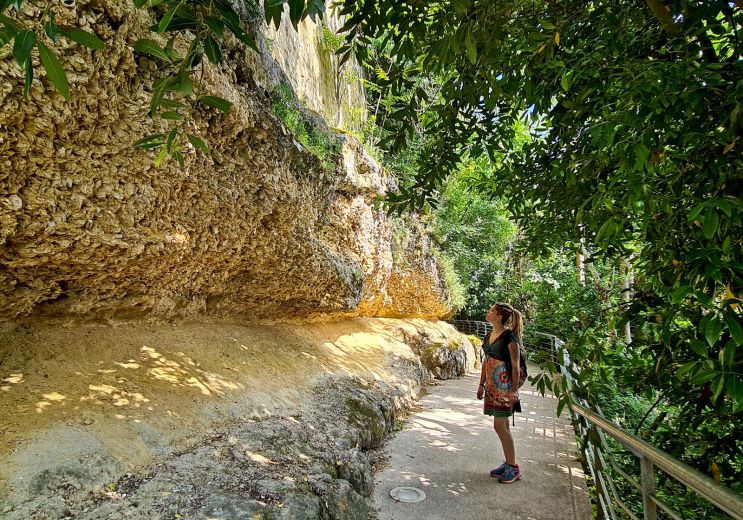
19,3 km - Sainte-Croix-du-Mont
Culture and Heritage
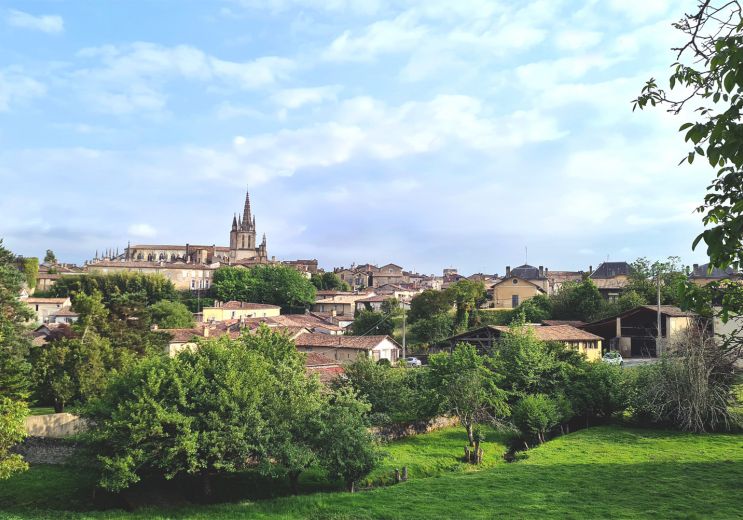
21,5 km - Bazas
Culture and Heritage
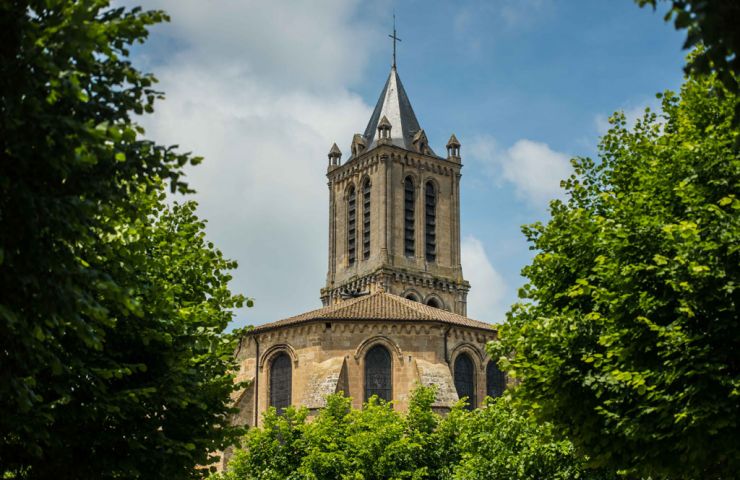
The medieval town of La Réole, town of art and history, with its cobbled streets and half-timbered houses, is rich ...
36 m - La Réole
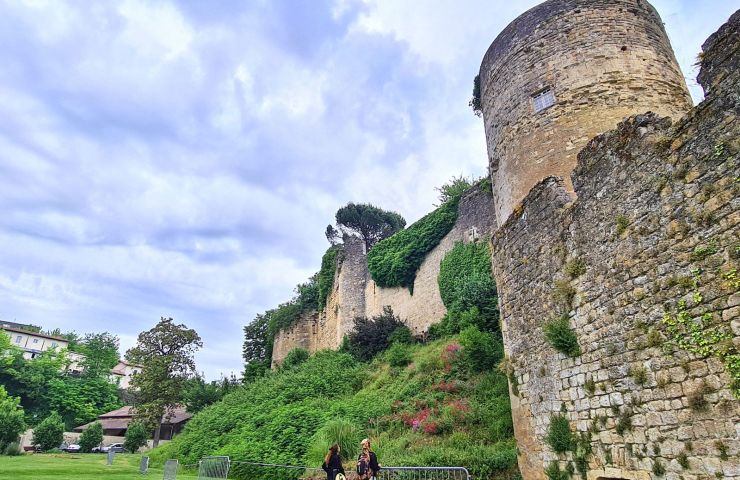
Situated on the banks of the Garonne, in the commune of La Réole, the Quat'Sos Castle takes its name from its four ...
79 m - La Réole
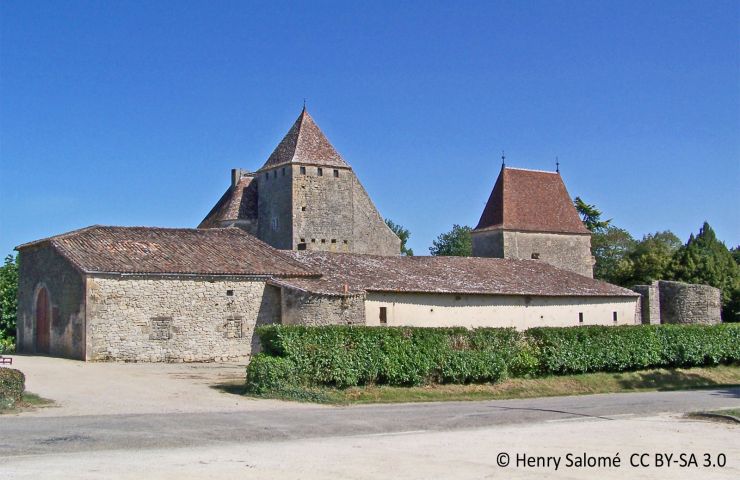
Lavison Castle is a medieval castle in the Entre-deux-Mers region, in Loubens, between Langon and Marmande. It has ...
4,4 km - Loubens
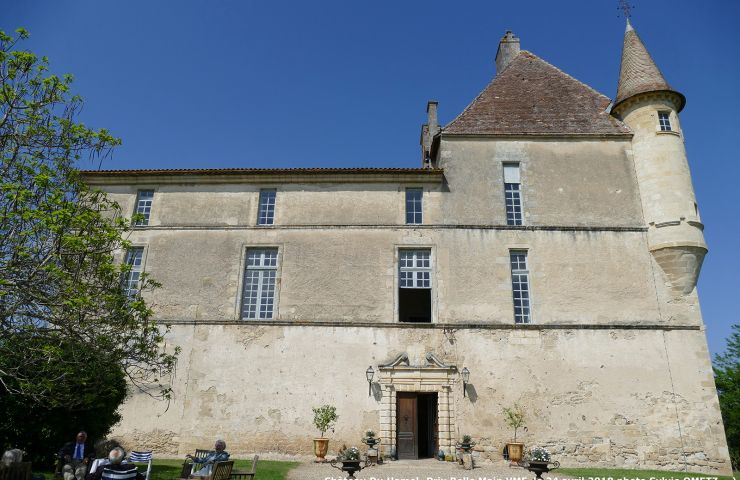
The castle of Castets-en-Dorthe proudly camped above the Garonne/Canal junction, offers an extraordinary viewpoint, ...
9,5 km - Castets-en-Dorthe
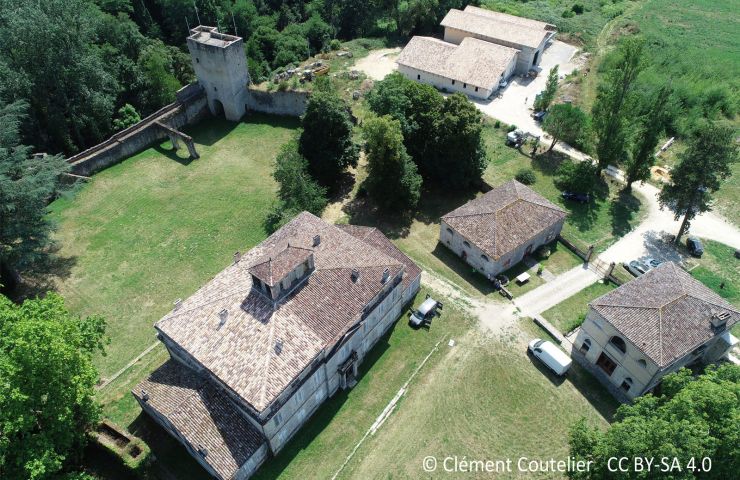
The Castle of the Lords of Pommiers is an ancient castrum in the commune of Saint-Félix-de-Foncaude. The site is ...
9,7 km - Saint-Félix-de-Foncaude

La Réole
Velo hybrid Bike / road

401 m - La Réole
Velo hybrid Bike / road